2019 Australian Geographic Nature Photographer Of The Year Winners
The winning images from the 2019 Australian Geographic Nature Photographer of the year contest have been revealed.

Overall winner. Fin whale’s demise. Fin whale.
The fin whale is sighted regularly in this region; seeing one beached, however, is rare. The whale sits less than 5m from shore and 100m from residential homes, giving whale researchers access to an unusual occurrence for this species. Bronze whalers and great whites feasted over the remains before removal. Photo Credit: Mat Beetson, Western Australia
More: AG Nature Photographer Of The Year
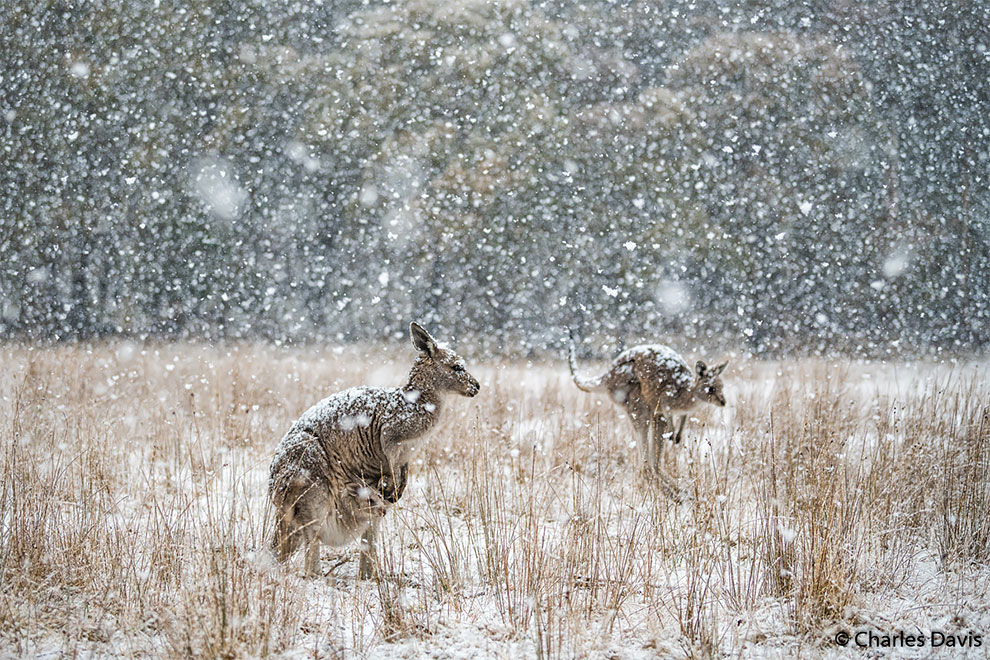
Portfolio prize. Life in the esky. Eastern grey kangaroo.
Kosciuszko National Park, New South Wales. Photo Credit: Charles Davis, New South Wales
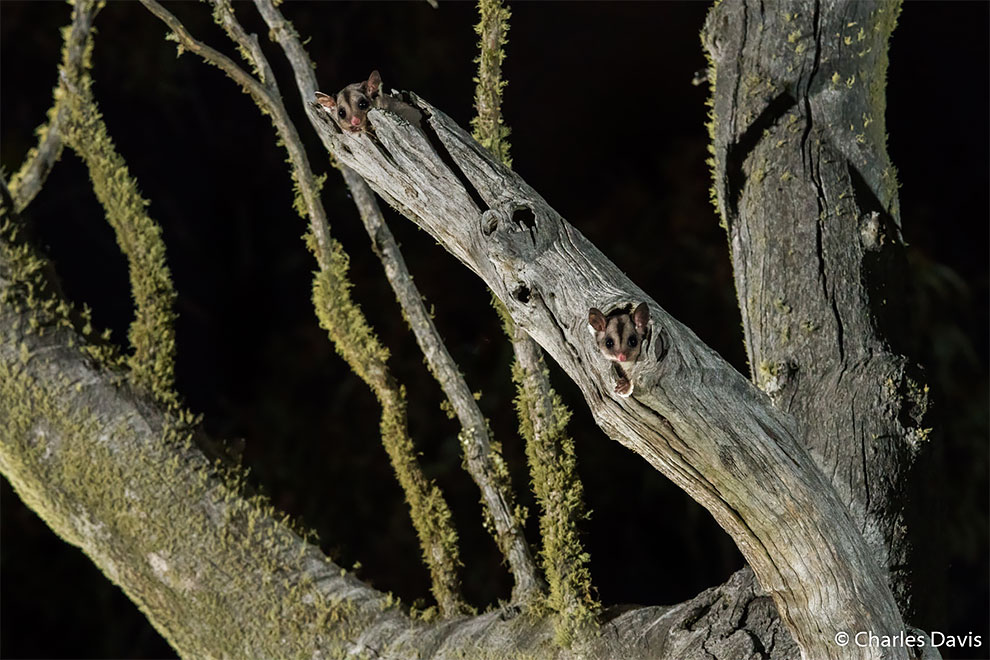
Portfolio prize. Gliders home. Sugar glider.
Cooma, New South Wales. Photo Credit: Charles Davis, New South Wales
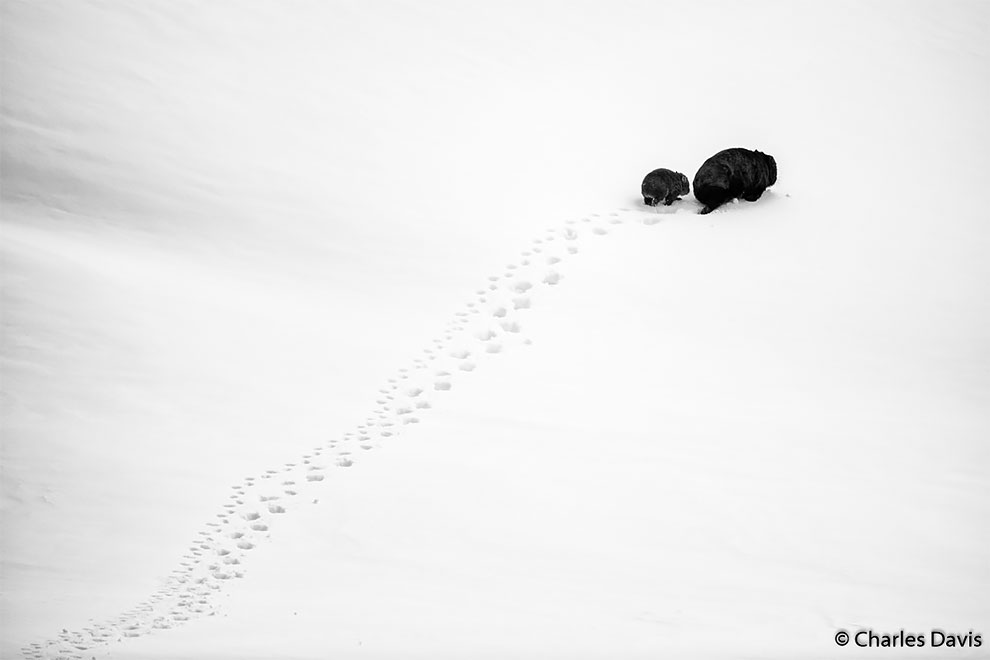
Portfolio prize. Big step, little step. Common wombat.
Kosciuszko National Park, New South Wales. Photo Credit: Charles Davis, New South Wales
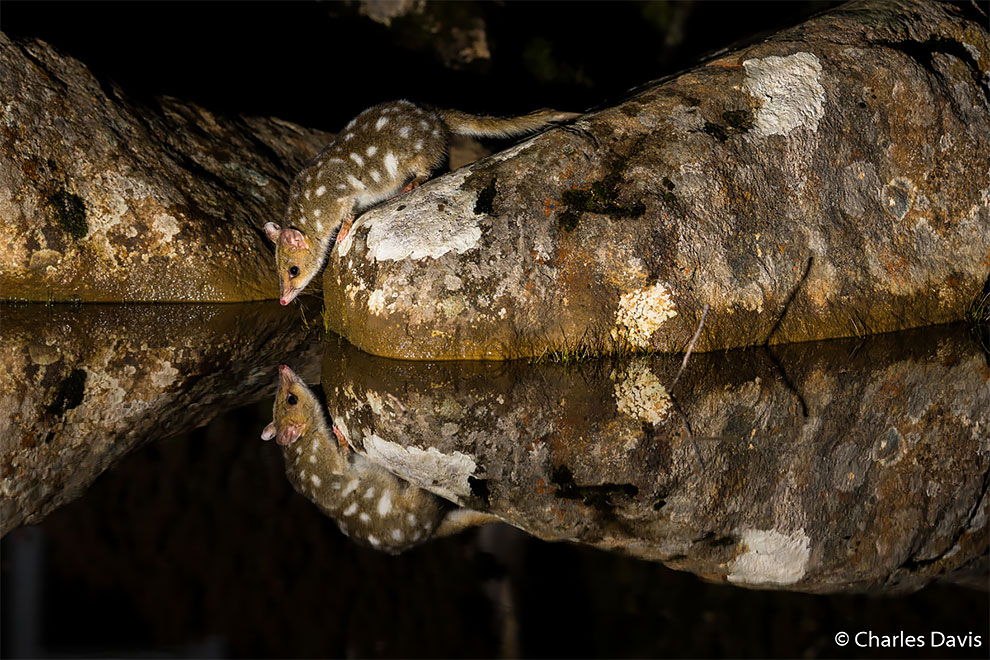
Portfolio prize. Quoll reflections. Eastern quoll.
Mt Field National Park, Tasmania. Photo Credit: Charles Davis, New South Wales
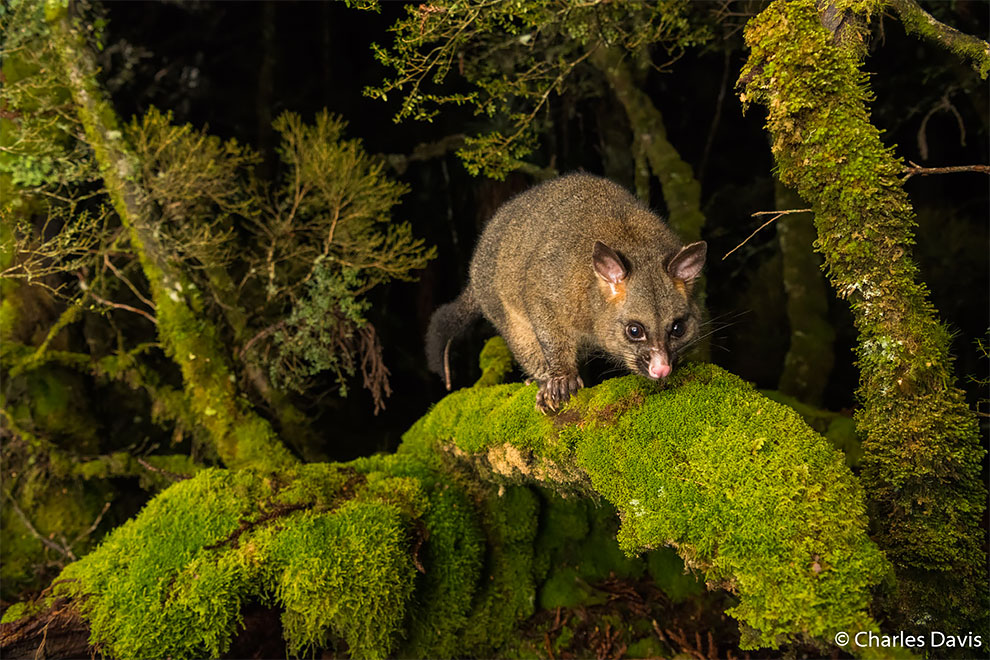
Portfolio prize. Cradle Mt possum. Common brushtail possum.
Cradle Mountain, Tasmania. Photo Credit: Charles Davis, New South Wales
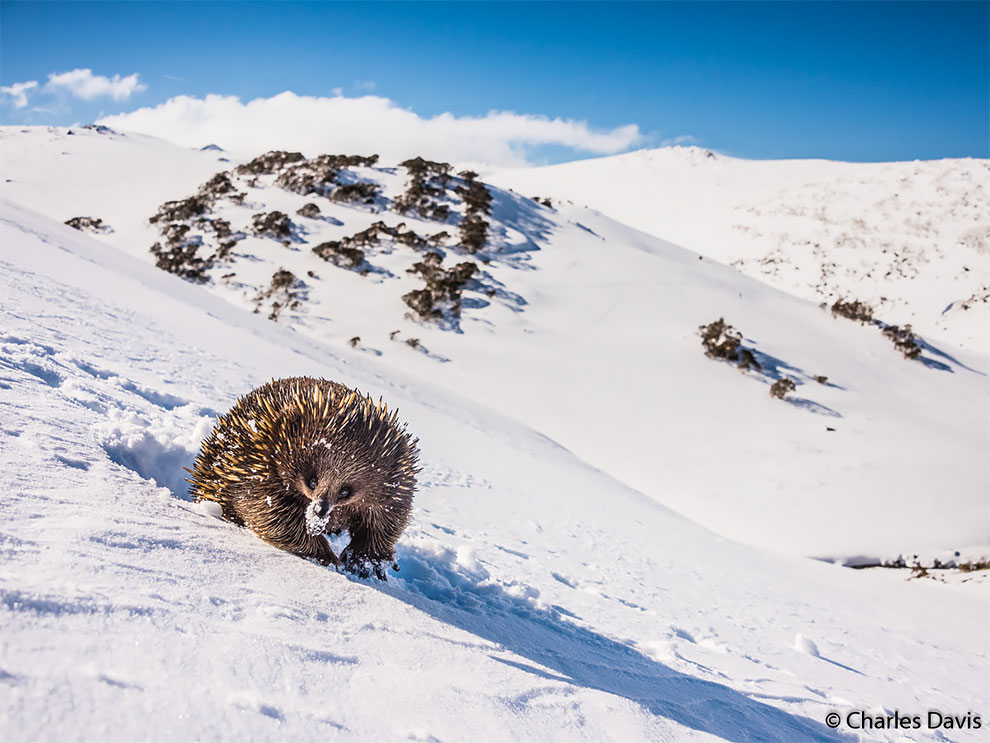
Portfolio prize. Mountain echidna. Short-beaked echidna.
Kosciuszko National Park, New South Wales. Photo Credit: Charles Davis, New South Wales
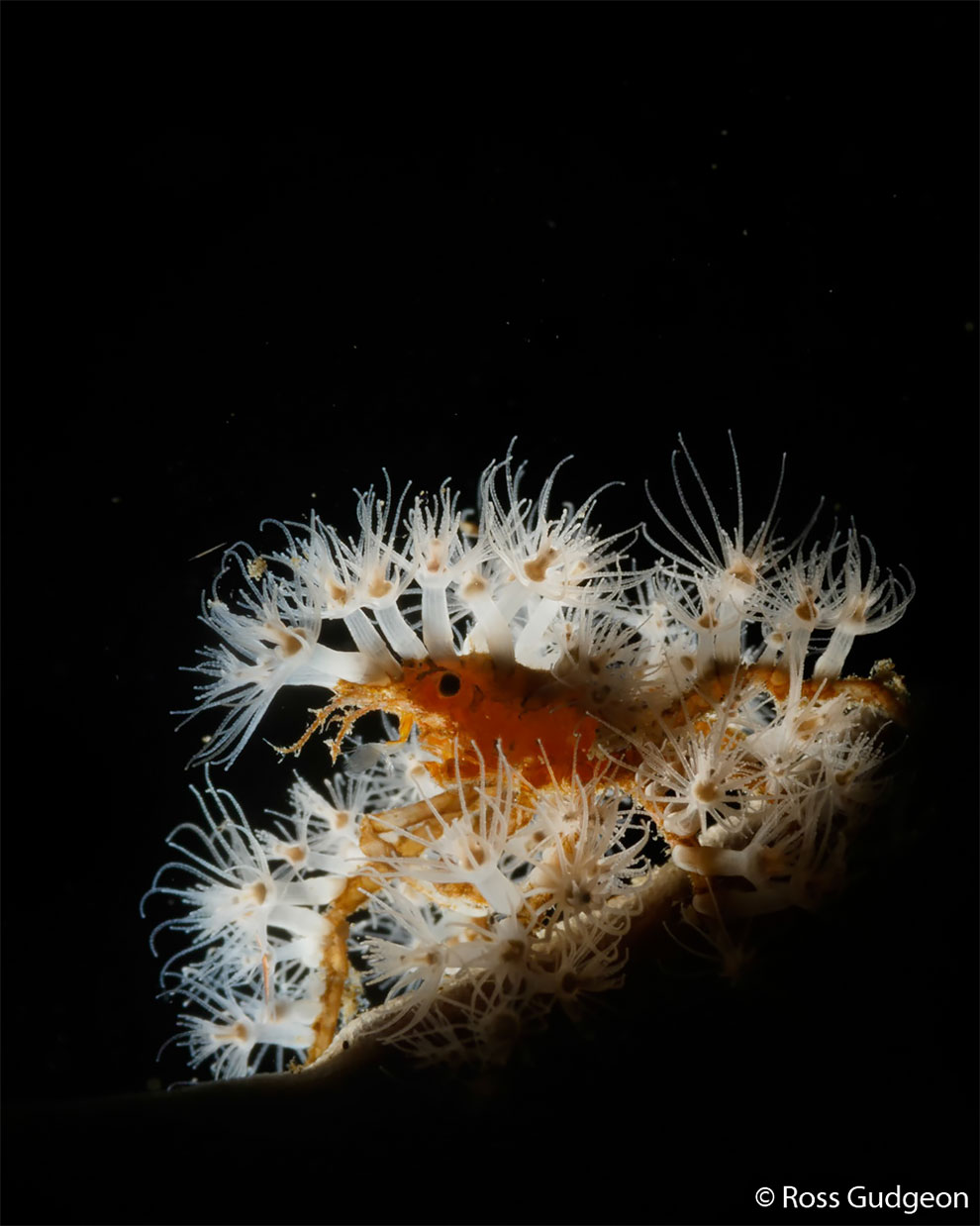
Animal portrait: winner. Decorator crab.
Typically, decorator crabs attach pieces of sponge and seaweed to themselves to camouflage and hide from predators (which makes them very poor photographic subjects). However, Achaeus spinosus attaches stinging hydroids to itself to ward off potential predators (making it a very attractive subject for photography). Photo Credit: Ross Gudgeon, Western Australia
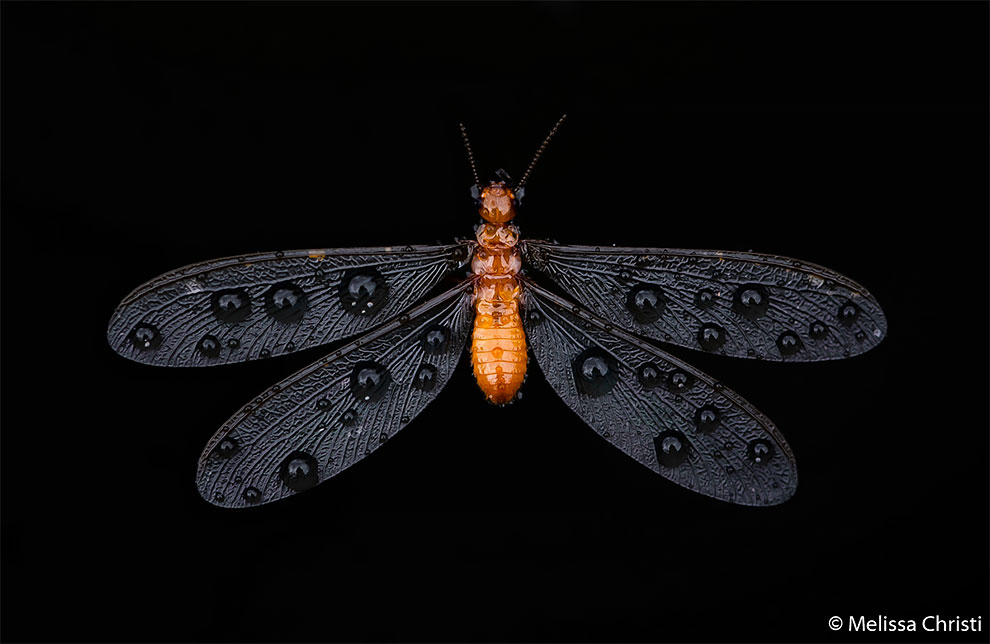
Animal portrait: Runner-up. Bride in the bath. Termite.
Storms finally broke the dry grip of drought, creating perfect conditions for termite nuptial flights. Making the most of their small window of time, some were lucky, but others were not – like this termite alate. Entranced by the reflective surface, it was trapped by the pond. Serenely beautiful in death. Photo Credit: Melissa Christi, Queensland
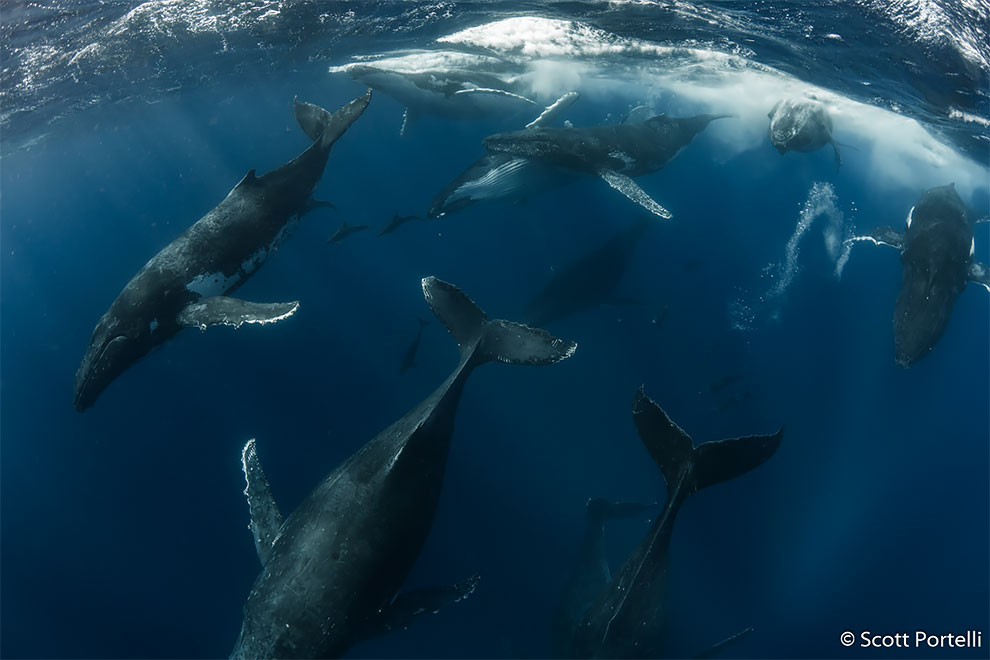
Animal behaviour: winner. The heat run. Humpback whales.
The heat run is the ultimate wildlife encounter – multiple whales competing for a female. The chase can last for hours or even days and males can display bubble netting, open mouth gulping, physical contact, loud acoustic sounds, and breaching. Even after 16 years documenting humpback behaviour in the region, it is still truly heart-thumping and adrenaline-pumping action. Photo Credit: Scott Portelli, New South Wales
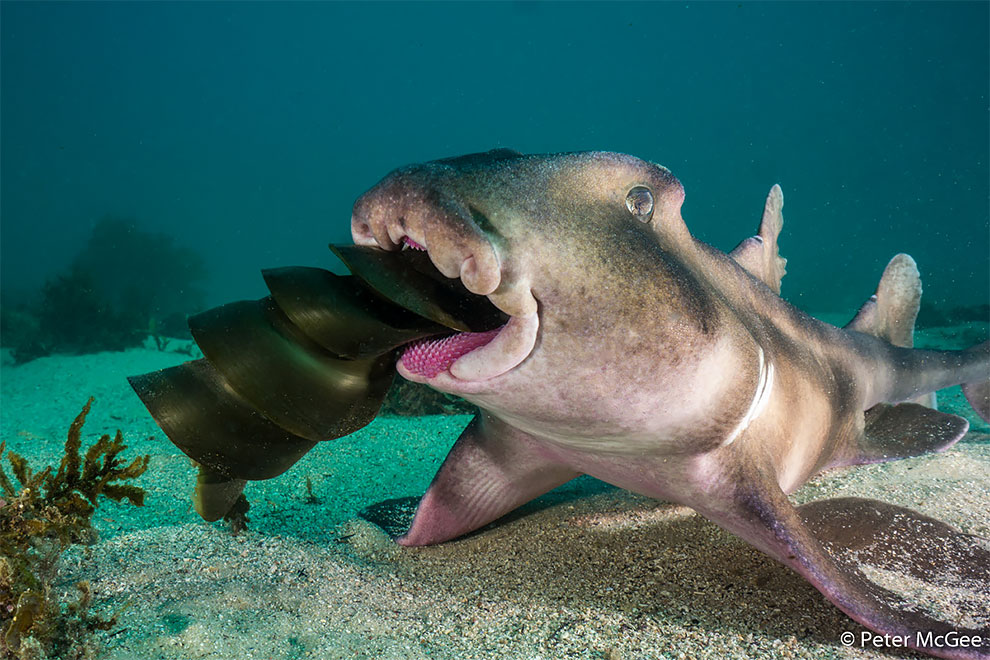
Animal behaviour: runner-up. Evil cousin. Crested horn shark.
A crested horn shark feeds on the egg case of the related Port Jackson shark. Each spring Port Jackson sharks gather on shallow reefs to breed and hide up to 10 eggs. Crested horn sharks make the most of the opportunity, searching the rocky crevices for an easy meal. Photo Credit: Pete McGee, New South Wales
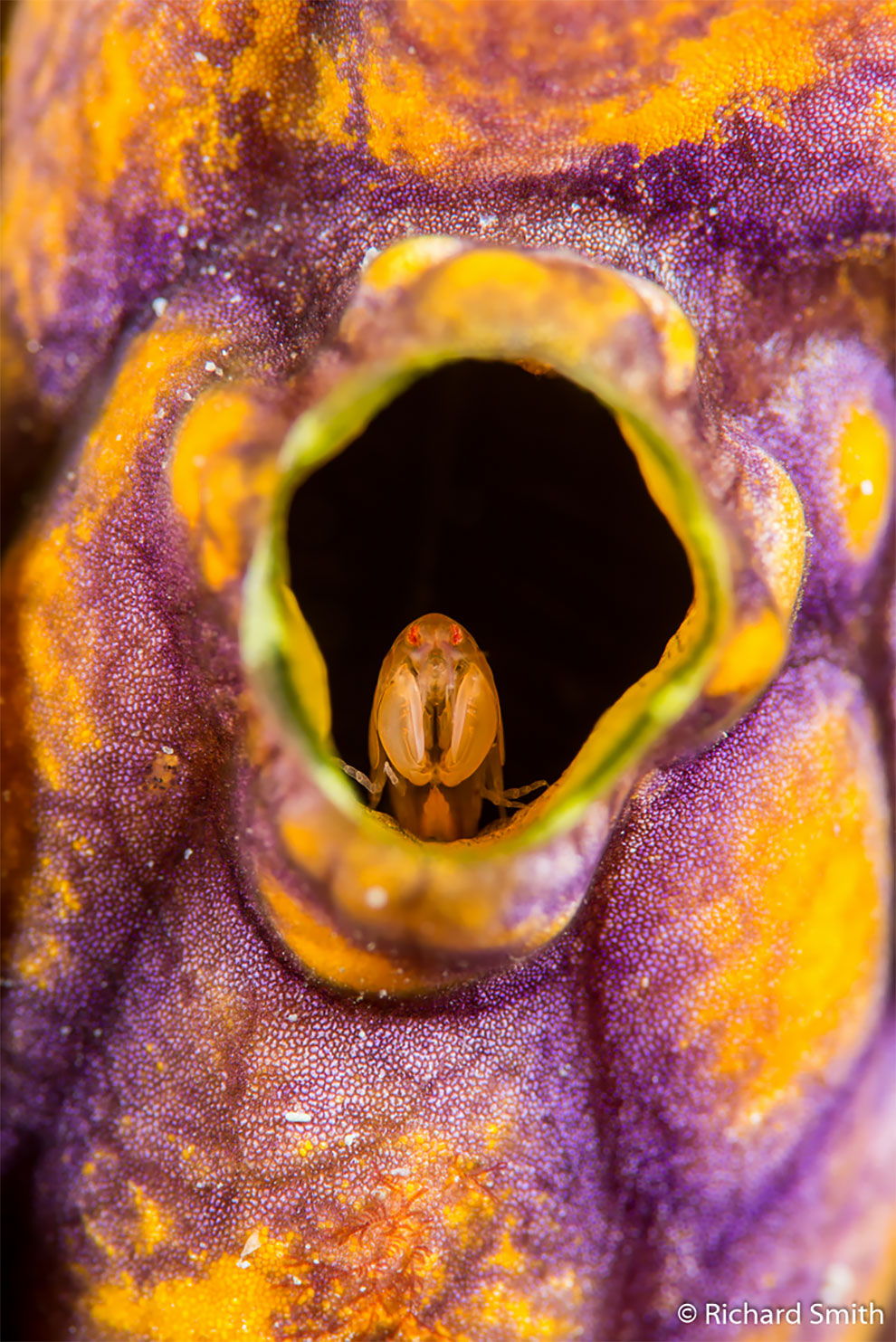
Animal habitat: winner. Small but mighty. Commensal amphiod living in solidarity ascidian.
I was searching for miniature pygmy seahorses on the reefs of West Papua when I happened across this tiny amphipod crustacean. Just 0.5–1cm long, this male is sitting at the mouth of the sea squirt to guard the females and young within. According to an amphipod expert, this is likely a new species. Photo Credit: Richard Smith, United Kingdom
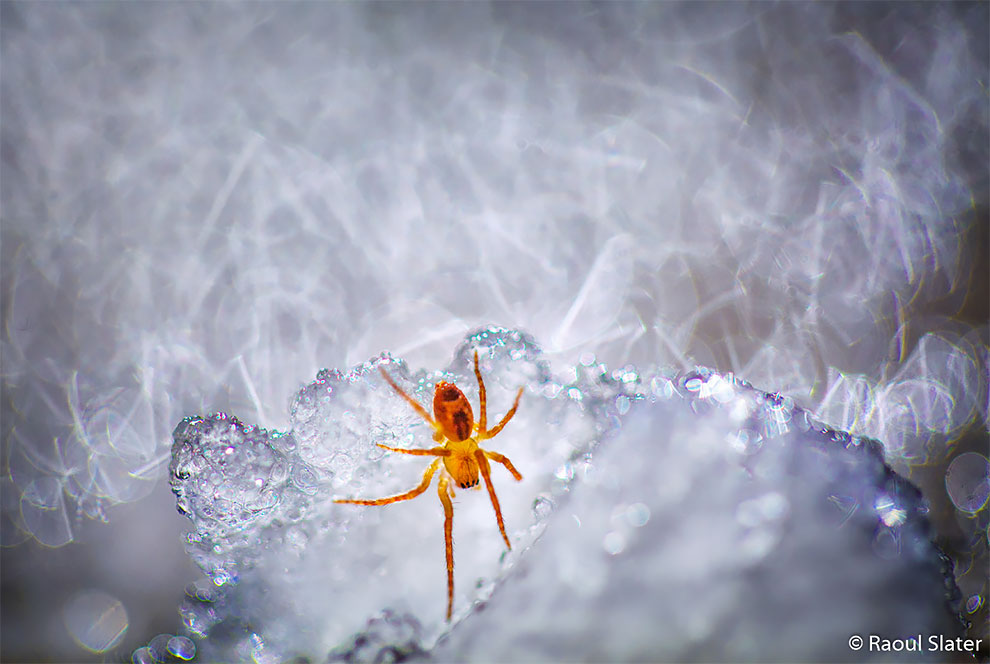
Animal habitat: runner-up. Spider on ice. Unidentified species.
An overnight blizzard had knocked a myrtle tree down onto the path of the Enchanted Walk next to Cradle Mountain Lodge. I was out in the brilliant sunshine the next morning looking for subjects for my macro lens and came across this tiny spider crossing a patch of snow. Photo Credit: Raoul Slater, Queensland
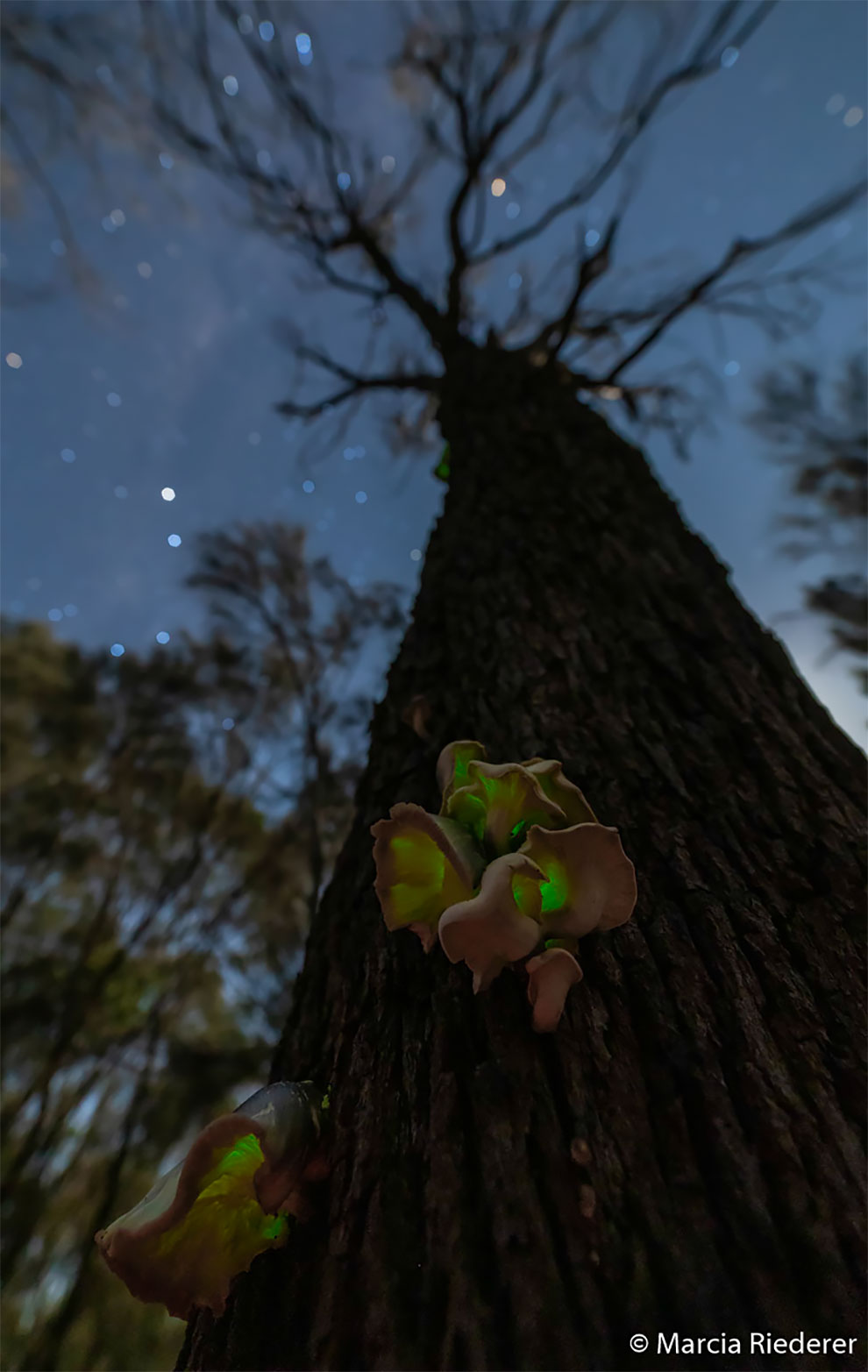
Botanical: winner. The ghost of the forest. Ghost fungus.
The elusive ghost mushroom show starts after dark, when the green light of its bioluminescence glows across the pine forest on the Bellarine Peninsula. It seems like magic but the glowing works to attract insects that then help disperse the spores and spread the mushroom. Photo Credit: Marcia Riederer, Victoria
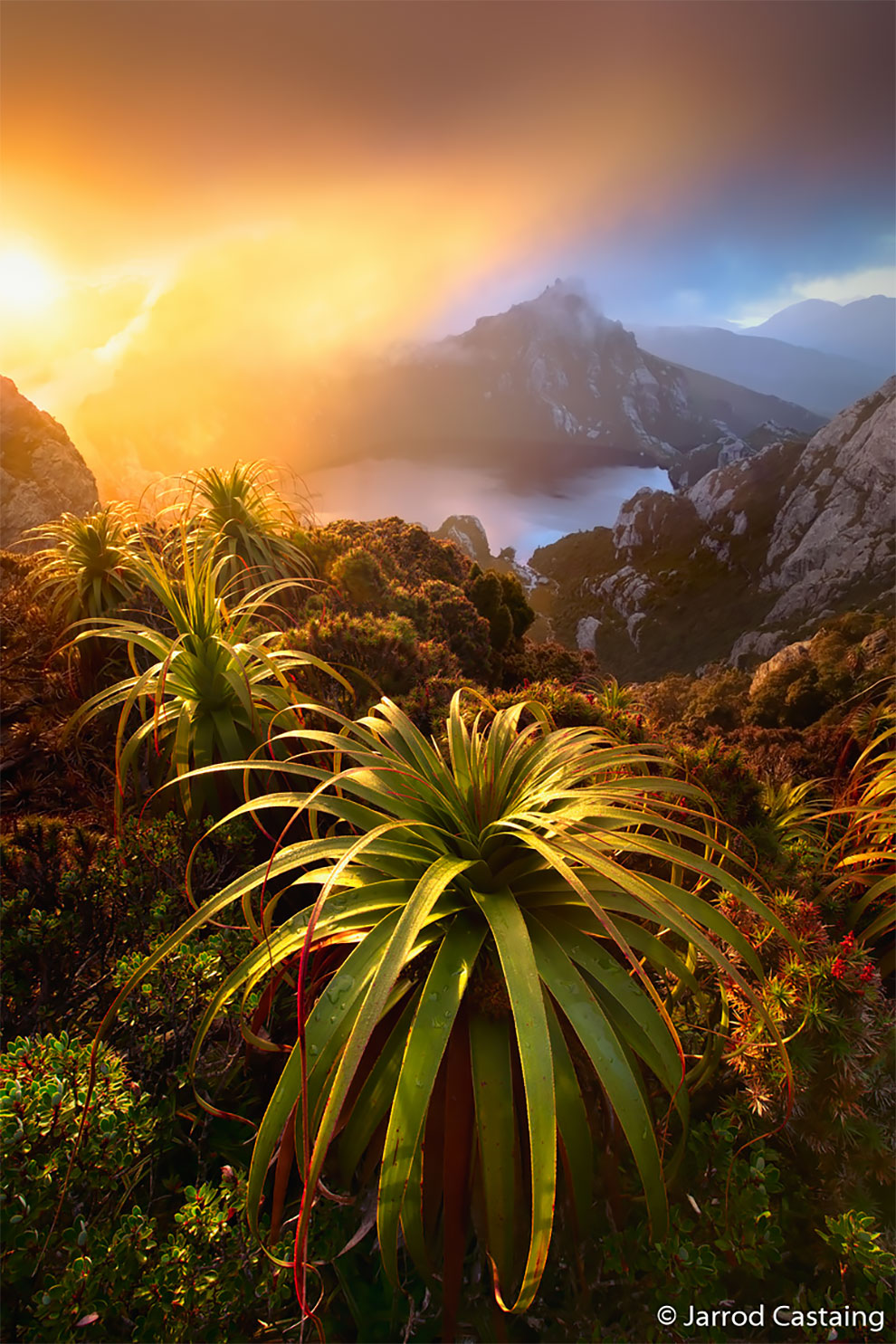
Botanical: runner-up. Pandani at Lake Oberon.
Found only in Tasmania, the wild tropicallike pandani (Richea pandanifolia) are illuminated at sunrise overlooking Lake Oberon and Mt Pegasus along the rugged Western Arthur Range in Tasmania’s southwest wilderness. Photo Credit: Jarrod Castaing, New South Wales

Landscape: winner. Barron Falls.
When Barron Falls (Din Din) is in flood, the usually tranquil scene is transformed into a tumultuous cataract as huge volumes of water make their way to the coastal plain below. The sheer violence of this display, coupled with the deafening roar, makes it an unforgettable experience. Photo Credit: Neil Pritchard, Queensland

Landscape: runner-up. Through the curtain.
A small waterfall curtains the rainforest of the Great Western Tiers World Heritage Area. Photo Credit: Nick Monk, Tasmania
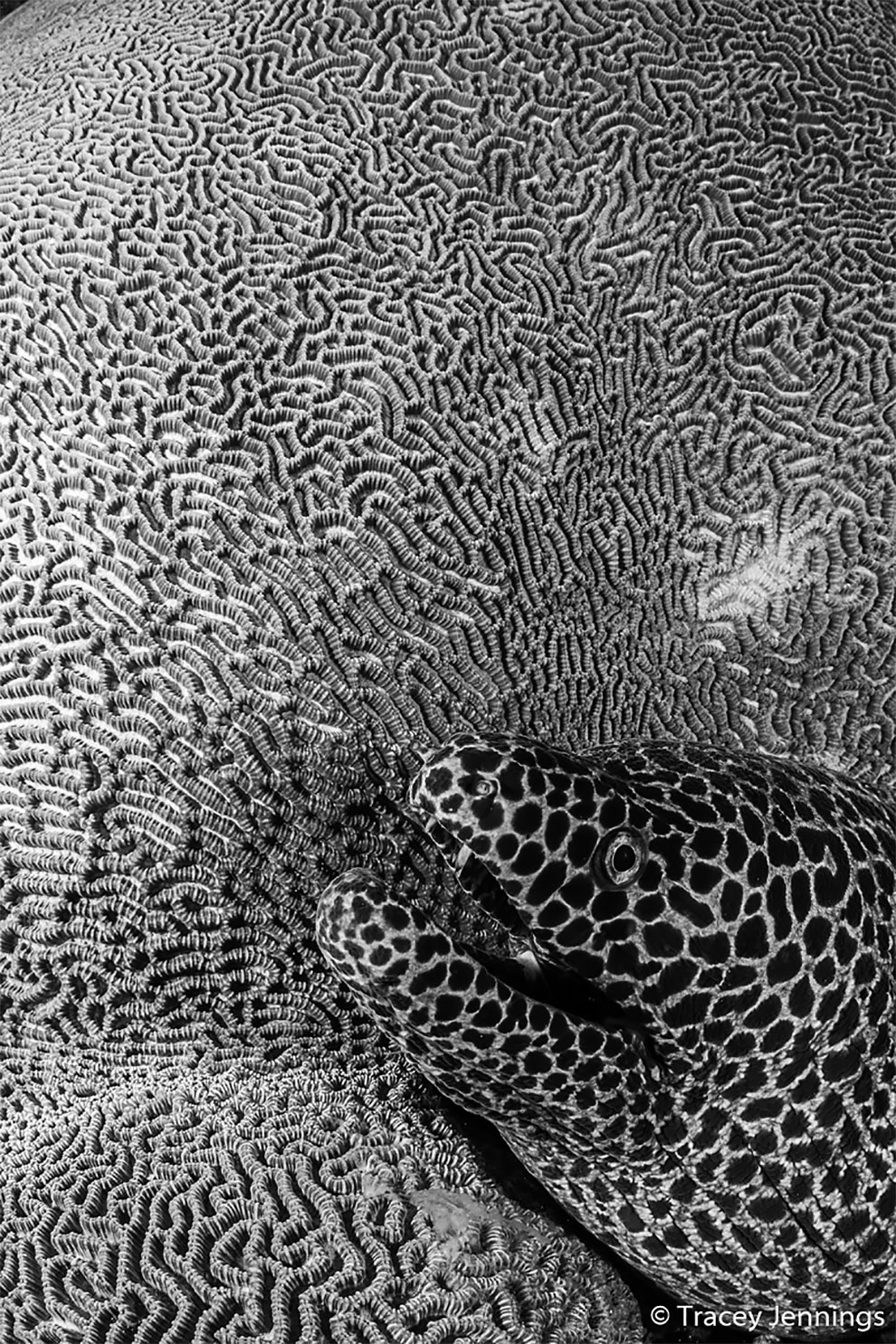
Monochrome: winner. Texture. Honeycomb moray eel.
I came across this amazing juxtaposition of a honeycomb moray eel and a textured brain coral. It screamed monochrome to me, but one of the significant disadvantages of shooting under water is that you cannot just change your lens to suit the subject. Still, I slowly moved as close to the eel as possible, increased the depth of field, and adjusted my strobes to light up the coral and the eel. Photo Credit: Tracey Jennings, United Kingdom/Malaysia
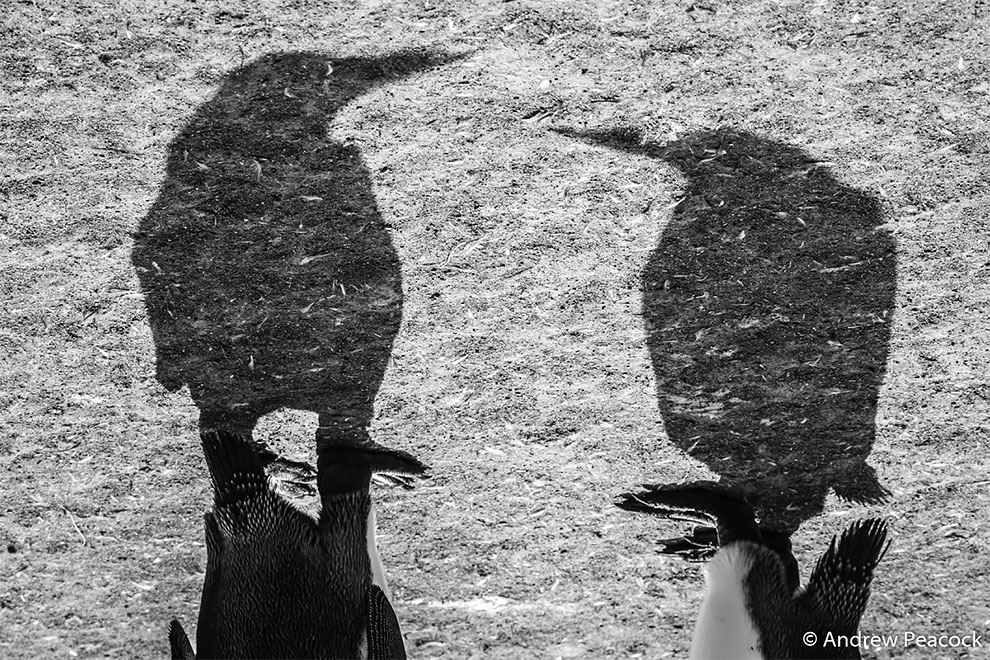
Monochrome: runner-up. King pair conversation. King penguin.
An enormous king penguin colony is overwhelming to all of one’s senses. Photographically, it pays to sit and watch for a while to find moments of penguin interaction. Flipping the frame upside down and black-and-white processing allows for a different and creative interpretation of a common scene. Photo Credit: Andrew Peacock, Queensland
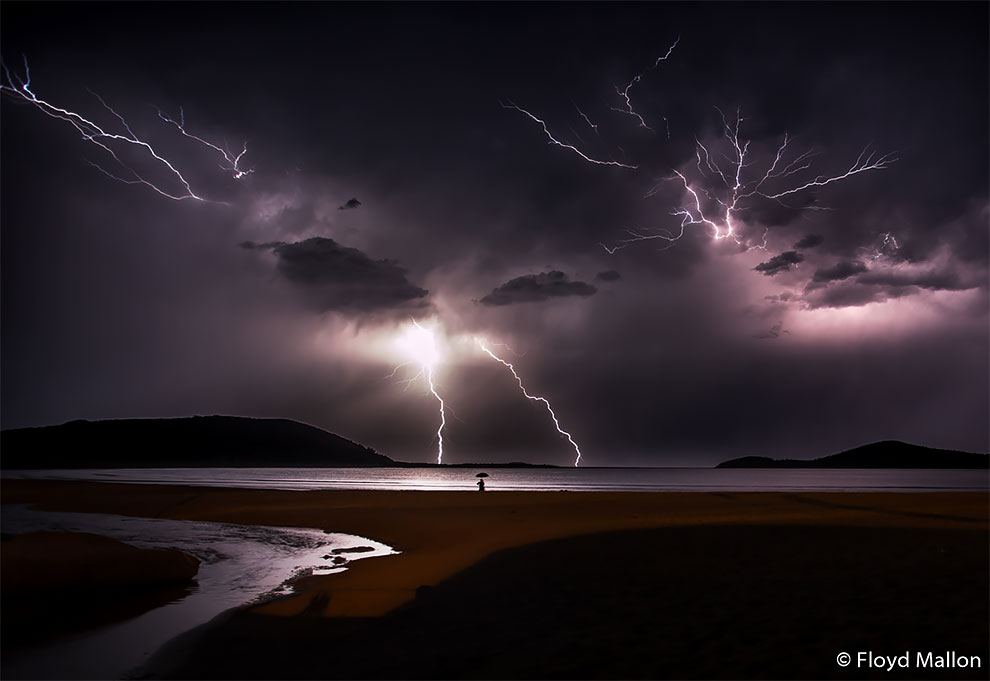
Junior: winner. In the dark.
This night was the most amazing display of lightning that I have ever seen, with constant flashes of lightning lasting hours. For the composition, I decided to focus on a man standing at the edge of the water with an umbrella to add a sense of scale to the image. Photo Credit: Floyd Mallon, New South Wales. Age 17
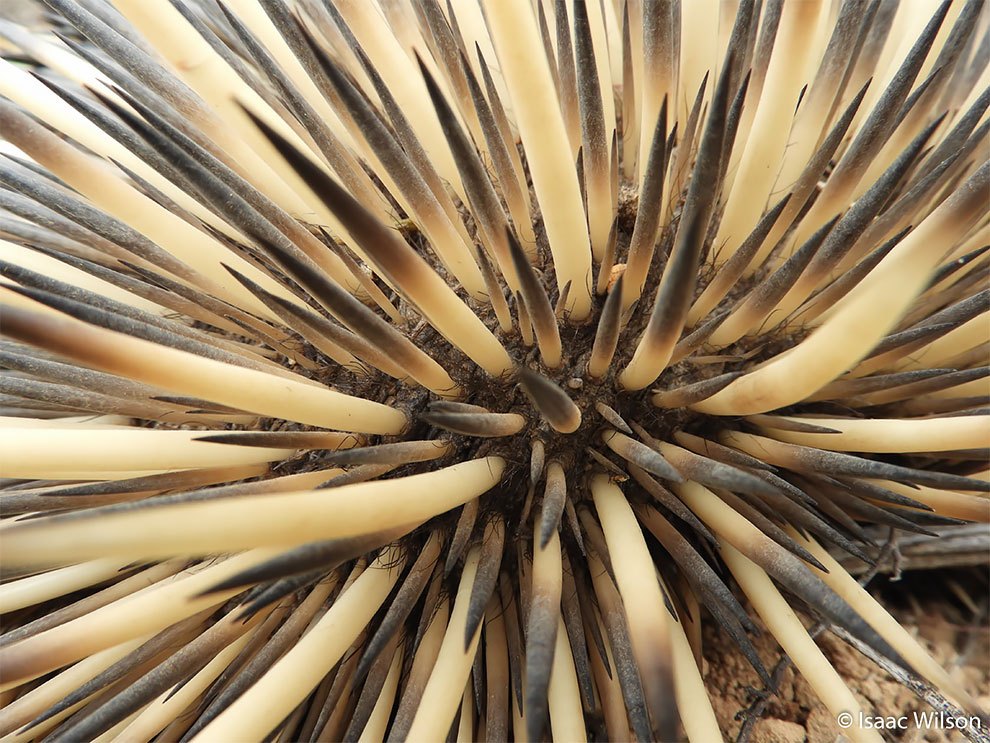
Junior: runner-up. Under the spikes. Short-beaked echidna.
On the way back from the Murray River we saw this echidna crossing the road. It hid its face and I knew it wasn’t coming out, so I decided to take a close-up. That was the best shot I took. Photo Credit: Isaac Wilson, South Australia. Age 10
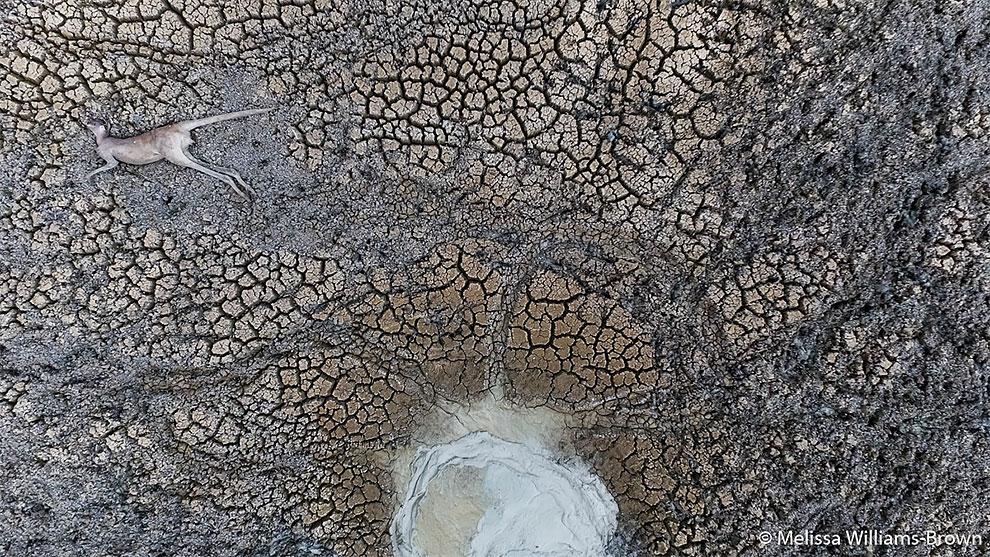
Our impact: winner. The watering hole.
The Menindee Lakes were deliberately drained in 2016–17 and New South Wales has experienced a lengthy drought. Animals and birds desperately seek food and water and there is very little left due to these human-made and natural events. Lake Cawndilla is now just a drying lakebed scattered with the remains of our native animals. Photo Credit: Melissa Williams-Brown, South Australia
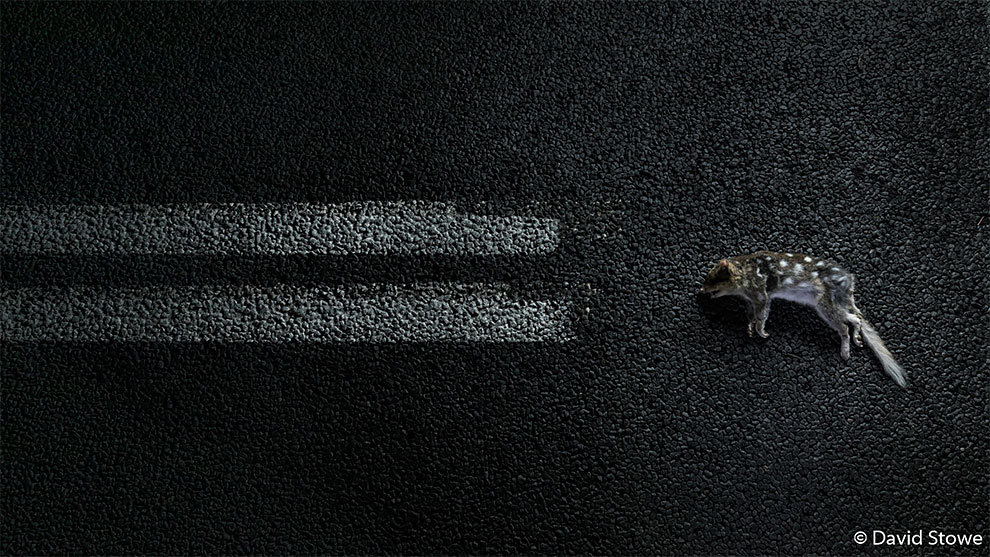
Our impact: runner-up. End of the line. Eastern quoll.
Country roads + speed × darkness = the end of the line. And not only for this poor eastern quoll, but for so many other native mammals across our country. In places like Bruny Island, more needs to be done to limit drivers’ speed at night. Too many animals lose their lives every night, not only to speed, but carelessness, and, even more sadly, wanton cruelty. Photo Credit: David Stowe, New South Wales

Threatened species: winner. Curious encounter. Merten’s water monitor.
Mertens’ water monitors are highly inquisitive. This extremely bold specimen ostentatiously approached me to investigate the good-looking lizard in my dome port while I observed another nearby pair engaged in courtship – sadly for him he was staring at his own reflection, not the mate of his dreams. Photo Credit: Etienne Littlefair, Northern Territory

Threatened species: runner-up. Just hanging on. Grey-headed flying fox.
On extremely hot evenings grey-headed flyingfoxes will dip their bellies into the river so they can lick their wet fur for a drink. This female still carrying her young misjudged her approach and nearly dropped the baby on impact with the river, but somehow it just managed to hang on. Photo Credit: Neil Edwards, South Australia